When I started this column two years ago, I defined the Canadian Silver Age differently from how John Bell does in his book Invaders from the North. My definition of the era captures all of the comics created in Canada from the beginning of the Giveaway era in the early 1960s through 1990 with the establishment of Drawn & Quarterly. Mr. Bell’s Canadian Silver Age is much more condensed, beginning in 1975 when two Canadian comic series achieved national distribution for the first time since the end of the Canadian Golden Age and culminating in 1988 when the speculator bubble around independent and alternative black and white comics came to an abrupt halt.
My definition and Mr. Bell’s definition of the Canadian Silver Age are both reasonable and I encourage readers to decide which definition suits their own collecting needs best. That said, for the past two years I have presented little information from the thirteen years that Mr. Bell highlights in Invaders from the North and have instead focused on more obscure offerings from the 1960s and 1970s, with only the occasional foray into publications from the 1980s. This month I delve into the era of national distribution in broad strokes by looking at the comics that started the momentum in the 1970s and will focus on the two companies that survived the bubble bursting in 1988. Next month I will continue the discussion by focusing on the companies that made major waves during the 1980s but did not survive after the bubble burst.
1975 was an important year for the Canadian comic book industry because, that July, Richard Comely’s first issue of Captain Canuck was released nationwide. The first issue was drawn by Mr. Comely with writing contributions from Ron Leishman and Dave Abbott. One story in the first issue was also inked and lettered by Owen McCarron. Subsequent issues included artwork from George Freeman and Jean-Claude St. Aubin (effectively launching their careers). The first four issues were published in Winnipeg, while nine more numbered issues and a summer special were published in Calgary. The unfinished series came to an abrupt end after issue # 13 in 1981. Comely then created two issues of Star Rider and the Peace Machine in 1982, before abandoning that project too. Comely would eventually finish the original Captain Canuck series twenty-three years later with issues # 14 and 15.
Despite its short original run, Captain Canuck helped to change the comic industry in Canada and has stayed in the public consciousness. It has had several reboots over the years, its own animated web series and is currently being published by Chapterhouse. Additionally, there is a breadth of merchandise associated with the characters from the comic’s original run and Captain Canuck merchandise (from apparel to toys) continues to be sold today.
A second comic book of great importance was already being published in 1975: James Waley’s anthology alternative comic Orb Magazine was first published in Toronto in 1974. Despite only lasting for six issues, the series highlighted emerging Canadian creators that may not have had a showcase otherwise, some of whom were also involved in the student publication Gamut at Sheridan College. Today, Orb Magazine is best remembered for Northern Light, the first (non-parody) Canadian superhero created since the 1940s.
Other nationally distributed comics began to appear in 1976 and 1977, including the Silver Snail’s Andromeda Publications series Arik Khan and Andromeda, which lasted three and six issues, respectively. In Vancouver, Stampart’s underground series Fog City Comics (which also lasted three issues) brought the talents of Rand Holmes, Brent Boates and George Metzger back to Canada for the first time since the early 1970s. Jim McPherson’s ambitious series Phantacea was also published in Vancouver at the time. Comic shops around Canada (such as Now & Then Books and the Silver Snail) were quick to promote these fledgling Canadian series. Some of these comics also received distribution in the United States thanks to the support of Californian distributor (and Comic Book Daily reader) Bud Plant, as well as New York distributor Phil Seuling.
These publications were all short-lived but set the stage for what was to come. What is arguably the most important and most famous Canadian comic series of all time debuted in December 1977: Cerebus the Aardvark. The Kitchener, Ontario publication was created by Dave Sim and published by his then-wife, Deni Loubert (then Deni Sim), under the Aardvark-Vanaheim imprint. Exquisite background illustrator, Gerhard, would join the series with issue # 65 in 1984 and would continue to work on the series until its conclusion.
Cerebus the Aardvark would run for three hundred issues, ending in 2004, with several spin-offs and related comics published during its initial run. Dave Sim would bring the character back in 2016 with his series Cerebus in Hell? and has continued to release a series of one-shot comics featuring the character in the years since. Aardvark-Vanaheim is the longest-lasting Canadian comic publisher in history, though since 1985 it has exclusively published comics created by Sim (with the exception of The Puma Blues, which was published under Sim’s “Aardvark One International” sub-label for twenty issues from 1986-1988 before finishing its run with Mirage Studios in the USA).
The importance of Cerebus the Aardvark and Aardvark-Vanaheim cannot be understated. The character took the independent scene by storm and the first issue became one of the most coveted comics of its era (and continues to be one of the most coveted comics from the 1970s among collectors who lump it in with the American Bronze Age) to the extent that a well-known counterfeit was for sale by the early 1980s. The comic’s success led to Sim taking on a celebrity status rarely afforded to independent comic creators at the time and inspired other creators to take the leap of faith needed to put their own ideas to paper and print, most notably Kevin Eastman and Peter Laird’s Teenage Mutant Ninja Turtles.
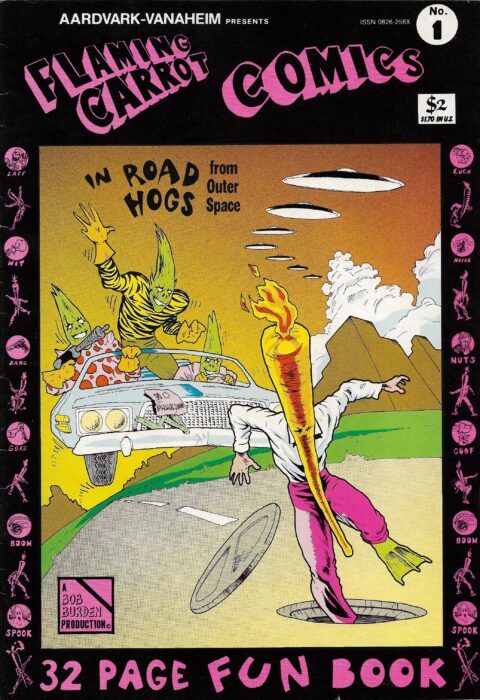
Aardvark-Vanaheim’s success also translated to an expanded catalogue of creator-owned titles thanks to the work of Deni Loubert. By the end of 1982, Loubert had edited Michael T. Gilbert’s Strange Brew one-shot through Aardvark-Vanaheim. In 1983, Loubert started publishing William Messner-Loebs’ Journey and Katherine Collins’ (then Arn Saba) whimsical classic Neil the Horse. By 1984, Aardvark-Vanaheim was publishing Bob Burden’s Flaming Carrot Comics, Jim Valentino’s normalman and had taken over publishing Max Allen Collins and Terry Beatty’s Ms. Tree from Eclipse. However, when Sim and Loubert separated in 1984, she moved to the United States, started Renegade Press, and assumed publishing duties of all non-Cerebus titles. Renegade Press would last until 1989 and would publish some Canadian creators’ works in the process, most notably R.G. Taylor and Dave Derrigo’s Wordsmith. After Renegade Press folded, several series moved to other American publishers.
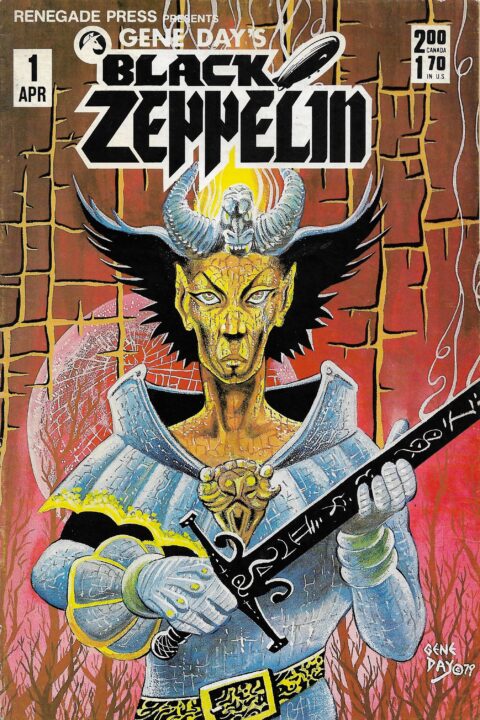
At the same time that Aardvark-Vanaheim was gaining steam as a publisher, a twenty-year-old high school dropout in Toronto named Bill Marks started Vortex Comics. South of the border, black and white alternative and independent comics were starting to take off. The publisher Pacific Comics had already grown substantially and Eclipse was starting to make waves. The future for these comics seemed bright in North America. Vortex was the first new Canadian company to take advantage of this era of rapid growth and quickly published its first comic series, Vortex, in 1982. Like Orb Magazine and Andromeda before it, Vortex was an anthology that showcased emerging and established Canadian talent. The first issue of Vortex featured a story by Peter Hsu, who would start self-publishing his own work in 1983, beginning with his graphic novel, Hellrazor. This was followed by Hsu’s eight-issue series Quadrant, which ran from 1983-1986.
Early issues of Vortex were edited by Marks and received limited distribution. Wanting to grow, Marks employed Ken Steacy as editor. Steacy had contributed to both Orb and Andromeda, and then the American publications Star Reach and Epic Illustrated prior to joining Vortex. Marks embarked on aggressive expansion, adding Dean Motter and Paul Rivoche’s Mister X in 1983 and Ty Templeton’s Stig’s Inferno by 1984.
Mister X would become Vortex’s longest-running title but barely got off the ground. After nearly a year of promoting the series, the first issue remained unfinished and Rivoche quit the project. Marks was not convinced that Motter would be able to produce the series and hired the Hernandez brothers to take control of the series.
The first four issues of Mister X written and drawn by the Hernandez brothers, who had already gained notoriety for their series Love & Rockets. However, the brothers failed to meet the bi-monthly deadlines for the comic and eventually quit working for Vortex due to payment delays. Motter took over writing duties for the remaining issues of the first series of Mister X (which ran for fourteen issues until the end of 1988). Newcomer and future Palookaville creator, Seth, would pencil issues # 5-13. A second volume of Mister X ran for thirteen issues from 1989-1991. This new series was written by Jeffrey Morgan and was drawn by Shane Oakley (issues # 1-6) and D’Israeli (issues # 7-12). Altogether, Vortex published twenty-seven issues of Mister X over two volumes, plus a one-shot special in 1990. Vortex also reprinted the Hernandez brothers’ issues in graphic novel form in 1986 under the title The Return of Mister X. The character would reappear in a mini-series for Caliber Comics in the 1990s and again for Dark Horse in 2008.
Vortex would continue to grow throughout the 1980s by adding series by Canadian, American and European creators to their roster. This included Klaus Schoenefeld’s Kelvin Mace and Matt Howarth’s Those Annoying Post Bros. in 1985; Chester Brown’s Yummy Fur and Bill White and Gary Fields’ Kaptain Keen and Kompany in 1986; Ted McKeever’s Transit and Matt Howarth’s Savage Henry in 1987; and Howard Chaykin’s Black Kiss in 1988. Black Kiss became one of the most controversial comics of its era, but this is a story for another day.
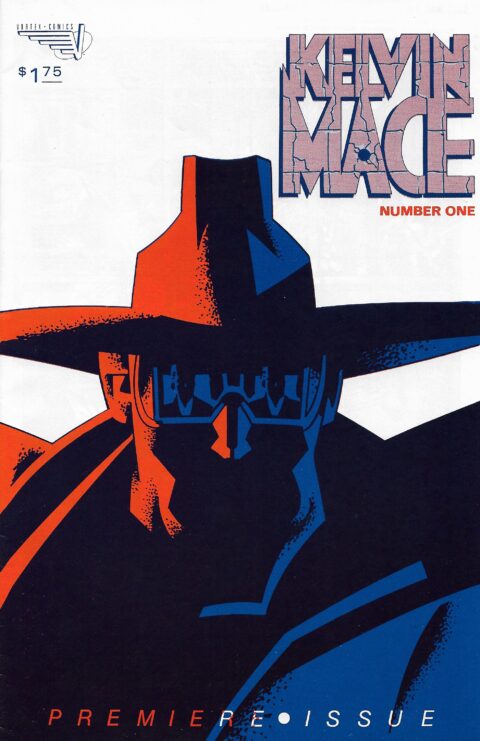
The market for independent and alternative black and white comics crashed in 1987 and 1988 due to the speculator bubble that had been built up around Cerebus the Aardvark and (especially) Teenage Mutant Ninja Turtles. By this time, a plethora of bad comics were being churned out to take advantage of the popularity of the Ninja Turtles in particular and the American market became over-saturated with comics such as Pre-Teen Dirty-Gene Kung-Fu Kangaroos and Adolescent Radioactive Black Belt Hamsters (for example). Unfortunately, this affected the Canadian market detrimentally, despite comics from the major Canadian publishers avoiding this kind of copycatting.
The mainstream American publishers avoided this crash for a few more years, but the majority of North America’s independent comic publishers folded around this time. Vortex was one of the few Canadian publishers that survived the burst of this bubble, but the company’s output rapidly declined. By 1990, most of its series were cancelled or had moved to other publishers. Yummy Fur was the final holdout, moving to Drawn & Quarterly in 1991. Marks attempted to adapt to the changing market, by starting a short-lived relationship with NASCAR beginning in 1991. Other than a couple of one-shots and Fiona Smyth’s four-issue series, Nocturnal Emissions, Vortex’s focus from 1991 until it closed its doors in 1994 was on publishing comics related to NASCAR, such as Legends of NASCAR and NASCAR Adventures.
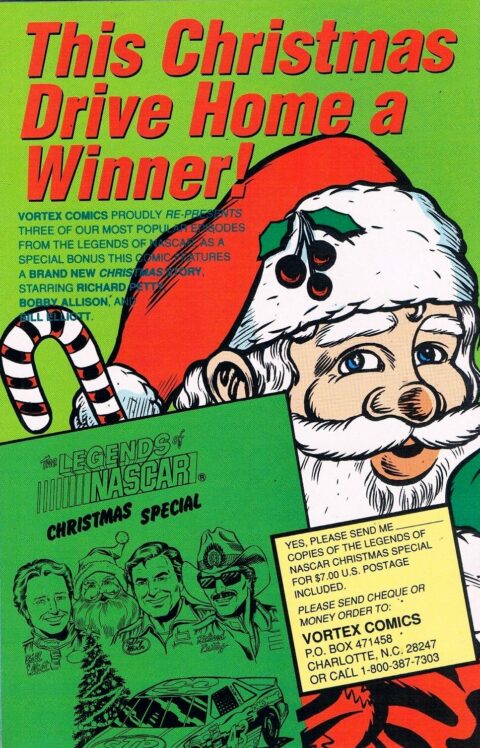
In addition to Aardvark-Vanaheim and Vortex, there were three other major Canadian publishers during the 1980s that continue to leave a mark on the Canadian comic industry: Barry Blair’s Aircel, Mark Shainblum and Gabrielle Morrissette’s Matrix Graphic Series, and Paul Stockton and Derek McCulloch’s Strawberry Jam Comics. Like Aardvark-Vanaheim and Vortex, Aircel was a prolific publisher of many series during the 1980s. Matrix Graphic Series and Strawberry Jam published far fewer series than these “big three,” but their lasting importance deserves a closer look. As such, I will return to this topic next month and will delve deeper into the collapse of the black and white comic bubble that effectively ended the Canadian Silver Age.
Thank you to everyone who has continued to read Forgotten Silver here at Comic Book Daily. When I started this column two years ago, I had high hopes that I would be able to contribute to expanding interest in Canadian comics from yesteryear. I can hardly believe that this is the twenty-fifth monthly edition of my column. I am looking forward to continuing to write this column for years to come!
To say that 2020 has been a bad year is an understatement. As we enter the holidays facing lockdowns and worse, at least there appears to be light at the end of the tunnel now that the first vaccine has been approved by Health Canada. Hopefully, by this time next year, we will all be in a much better situation. That said, writing this monthly column has helped to keep me sane since the pandemic began. Thanks again to everyone who took the time to comment on a particular entry or who reached out to me via email or through Facebook this year. I really appreciate it.
I ended last year by asking readers what they would like to read about in 2020. Several people asked me to write about mini-comics, and I catered to this request several times this year (in ways that I hope were both unexpected and entertaining). I have several articles already planned for 2021, but I also would like to cater to Forgotten Silver readers again next year. Let me know what you would like to see in 2021 in the comments section.
I hope that everyone has a happy holiday and a great New Year too! See you in 2021.
Cheers, Dr. brian Campbell

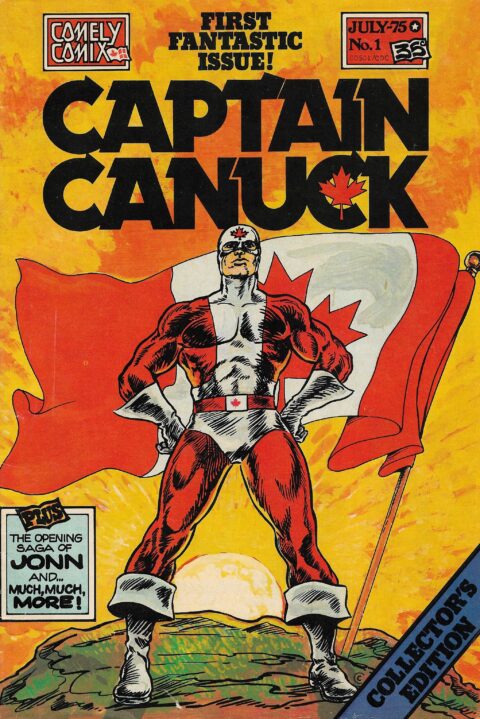
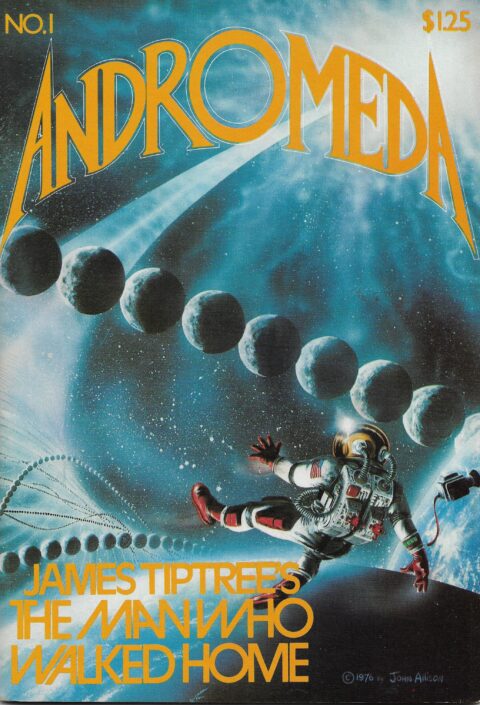
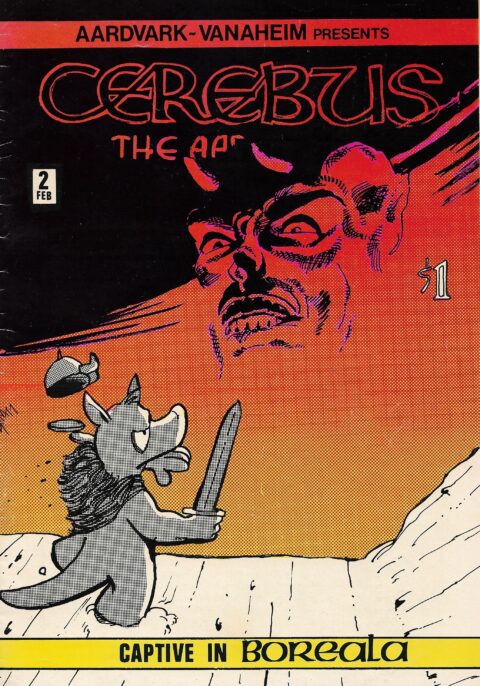
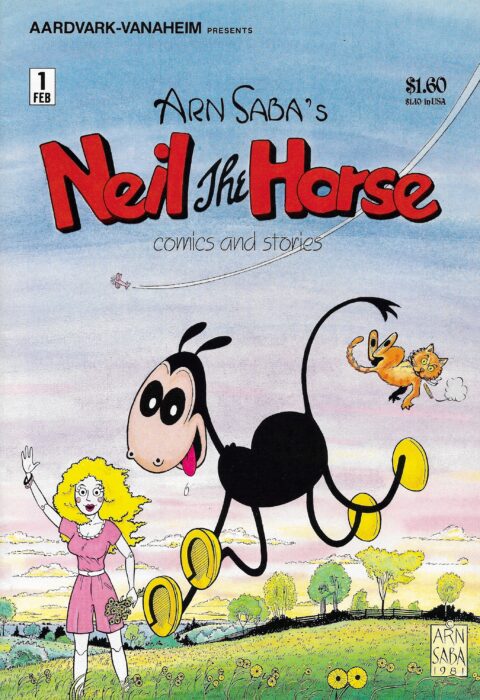
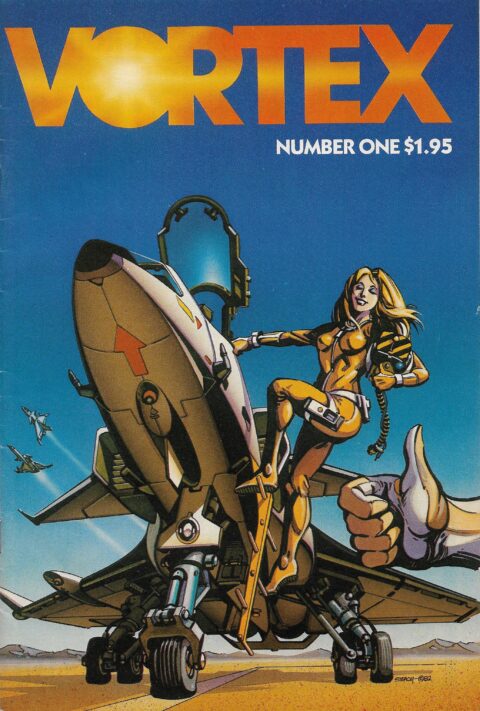
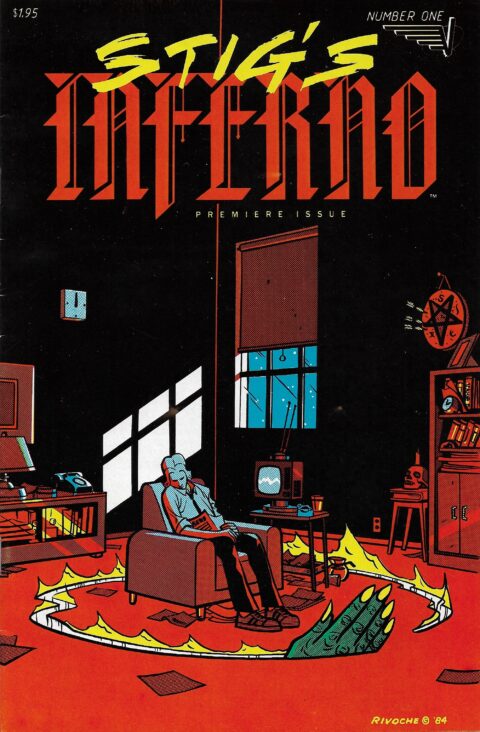
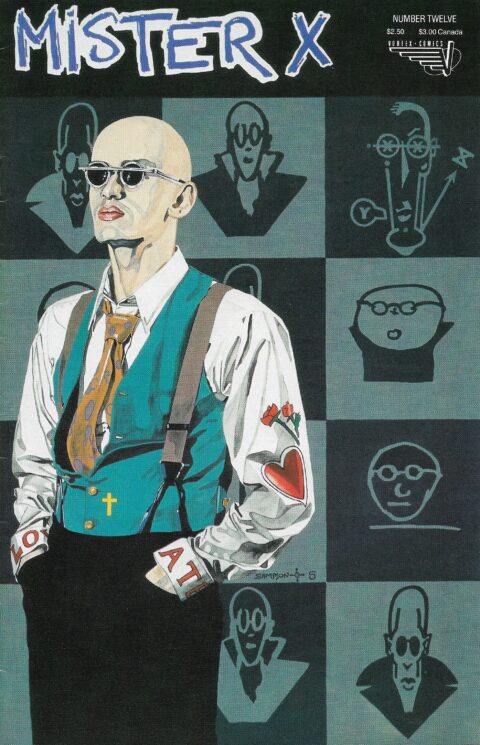
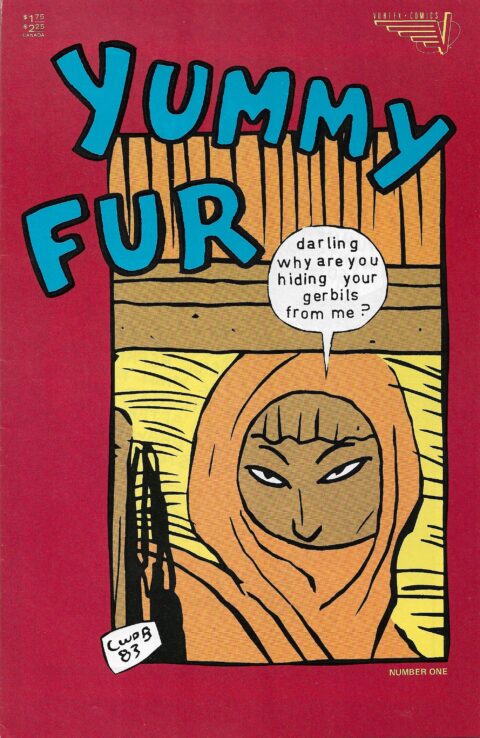
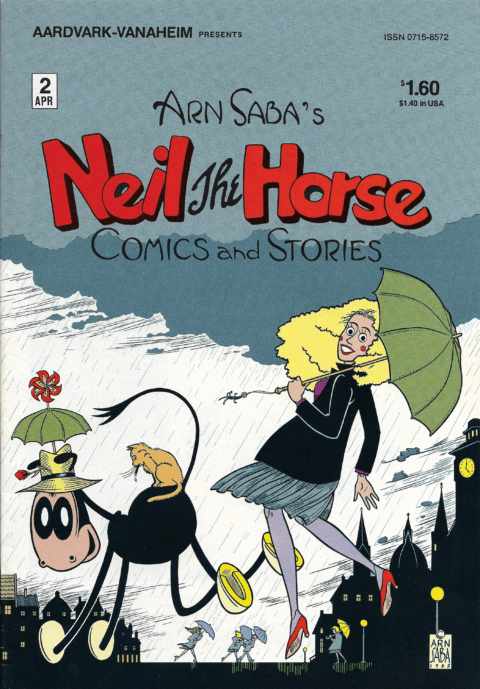
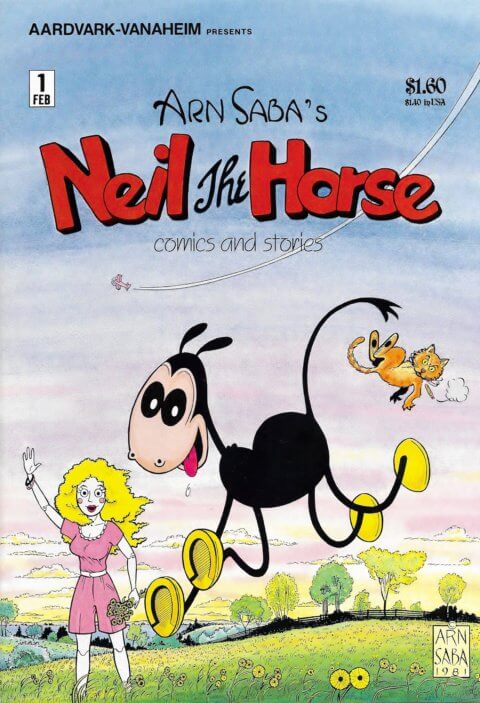
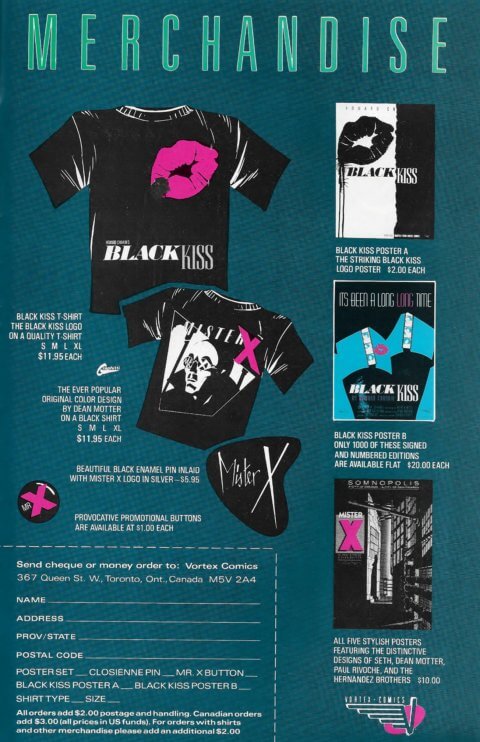
Hey Brian
That’s a pretty good roundup of Canadian comics of the era. Nice bit of nostalgia for me because, even though most of my work was published in the ’90s and later, my cousin Rick and I made our comics debut in Peter Hsu’s Quadrant. Rick was actually still teaching grade school at the time and his wife speculated on what the kids’ parents would think of their teacher appearing in a less-than-savoury publication such as Quadrant. Harry Kremer took out an ad in the first issue and was horrified to see all the scantily clad ladies cavorting about in the book. My part was just rewriting a lame script and I don’t think either of us would look fondly on our efforts today. In fact I actively seek out copies to burn, and have only kept one of each in my files, just to remind me how bad I can be.
I look forward to more great posts in the new year and hope you take a closer look at the likes of John MacLeod and Colin Upton, among others.
cheers, mel
Good to hear from you, mel! Thanks for your comments. I believe that you had mentioned to me in the past that you and Rick had contributed to Quadrant. I still haven’t had an opportunity to acquire any issues of the series, but I plan to do so soon. It definitely appears to be a “less-than-savoury publication,” as you put it. You may not be particularly fond of your contributions to the series, but we all start somewhere. Once I have an opportunity to ferret out some copies, perhaps we can chat about the series in more detail.
The work of Upton and MacLeod are both things that I hope to discuss here at some point down the road, but admittedly, I have not had a chance to procure any of MacLeod’s material and I do not have much of Upton’s either. I think I will have to prioritize this at some point in 2021.
Thanks again and happy holidays!
Cheers, brian
You may have a hard time tracking down John MacLeod’s work. The only reason I have as much as I do is because John dug through his basement and found a few to add to the one I bought from the Beguiling years ago. You can still contact him though at [email protected]. Colin Upton still keeps most of his work in print. I once sent him thirty bucks and got a box of 80 mini comics. You can order through [email protected]. Be sure you ask for both copies of Canadian Splendour [sic] which chronicles his first meeting with Harvey Pekar and his reflections upon Harvey’s death. Also classic are Famous Bus Rides and Real Rubbie. And then there’s Julie Doucet…
cheers, mel
Thanks for this information, mel. I see that you also sent me an email. I will send you a direct message later today.
Brian, when those independent titles were coming out, such as Capt. Canuck, Andromeda, Quadrant (ha, Mel, so I was selling your stuff!) and especially all the Renegade titles, and Cerebus, I was both retailer and distributor, as you mention. Early 70s to 1988.
So I treated them like underground titles, NOT like Marvel and DC titles. I, and so would Seuling, we’d keep all the back issues available as long as we could keep reordering them. Cerebus of course, Phil Seuling had exclisive distribution of ealy on, but I’d lay in about 1600 (for some reason I remember the number) of each issue from him, for present and future sales.
At that time, we were just about the only distributors, in the early to mid- 70s, before the Direct Market opened up with other distributors. By the mid-80s there were roughly 15 direct comic distributors and even an association, I.A.D.D. I was president at one time. A far cry from today, with only Diamond and now the new DC sources.
At one time I had quite the stack of boxes of Cerebus back issues, maybe the first 20-30 issues, in my garage. I got short on space in my warehouse. But sold them all eventually. Elfquest was the same, We just kept selling and selling all back issues. Star Reach, too. I recognize nearly all the books you mention as titles I kept in stock for comic shops and for my retail customers, in my catalogs and ads. A lot of issues went overseas,, to guys like Benedict Taschen when he had a comic shop in Munich, Real Free Press in Amsterdam, some big outfit in S. Africa (who got arrested, for selling adult comics if I remember right)…
Those Andromedas were great and did well. also Orb, Vortex, and I enjoyed pushing anything Gene Day did, back to his first stuff that I think was self-published? I loved Freeman’s work on Capt Canuck, gorgeous full color work, but it never seemed like Richard Comely could keep the title going for long, Uphill battle. Neil the Horse was a breath of fresh air, Deni Loubert was fearless about experimenting with unusual titles.
In 1982 I started handling regular newstand comics as a distributor. Before that I stuck to independent books, fanzines, everything BUt newstand, mainstream comics. Ron at Silver Snail became a huge account for me, he bought all his DC comics (DC only had a few direct accounts then), along with lots of U.S. independent comics, fanzines and other stuff.
We’d meet at Seuling’s shows and stay with Phil, Ron and Uli (sp)? and my wife and I, and I got to Toronto once for a visit. Ron kept exotic animals like a de-orderized skunk and a snapping turtle in his garage. Silver Snail, like Million Year Picnic in Boston, The Comic Shop in Vancouver, my (with partners) Comics and Comics flagship store in Berkeley, and Lone Star Comics in Texas, were all huge, successful stores in those early days, 1970s and 80s, and supported most or all of the Canadian Silver Age material.
Mel, What issues of Quadrant does your work appear in. I think I have all of them somewhere in storage. Peter Hsu’s naked women were like playboy to a 14 year old me. I never knew that all of these companies were from Canada. Wasn’t Aircell from Canada as well?
Hey Aaron
I’m almost embarrassed that someone would ask about my Quadrant contribution (#s 4 & 5). I actually actively seek them out for burning and only have one copy of each in my files. My part was simply rewriting an existing script for my cousin R.G. (Wordsmith and Sandman Mystery Theater) and I don’t think either of us are too thrilled with our first work in print. I still remember Harry Kremer’s reaction when he first saw the ad he had taken out beside a splash page of nekkid ladies! It was hilarious! The hardcover edition was even more salacious with all of the discreet candles and swords removed so that the ladies were displayed full frontal!
Aircel was founded in 1985 by Barry Blair. You can find more info on this and many other aspects of Canadian comic culture in Bob MacMIllan’s online Encyclopedia of Canadian Animation, Cartooning and Illustration (canadianaci.ca). This is Bob’s magnum opus. You may remember him from his contribution on Anglo-American Comics in John Bell’s Canuck Comics way back when.The site is full of info about Canadian illustration of all kinds from 1867 to 2017 and I encourage anyone interested in our comic history to take a gander. You can even find out more about my comics contributions as I am proud to be among the many creators listed.
Thanks for asking. I forget sometimes how long I have been plugging away at this stuff.
cheers, mel
Mel, your message above reminds me of when Italian director Carlo Ponti bought up and destroyed all existing copies of a 1950s movie featuring his future wife, Sophia Loren, topless in a harem girl outfit. Google still has pics from the movie but no known copies of the film exist. So you may still reach your goal yet.
I remember when Warren’s 1984/1994 published similar nude stories. They came out around the same time as Quadrant, so it must have been a thing back then. I think that was also when Heavy Metal and National Lampoon were still publishing I never knew that Quadrant’s hardcover even more so. I believe even Savage Sword of Conan featured a lot of topless women too, at the time.
I recall picking up Aircell as well as Andromeda, Captain Canuck, Orb, Vortex and other Canadian efforts, back then. I will check out Bob’s site.
Hey Klaus
As I recall Peter Hsu actually contributed to 1984/1994, or maybe he just shared all of his skin mags with the artists. The sad thing is that these nudes were tolerated because people had finally realized that comics were not just for kids, and their inane response was tits and ass. Not what some of us were looking for in a more sophisticated comic, I can assure you.
P.S. I hope all CBD readers take a stroll through Bob MacMillan’s encyclopedia. It really is a labour of love.
My apologies for missing all of these comments, everyone. Admittedly, I haven’t checked the comments since before Christmas.
Bud, thanks for your detailed overview of some how you retailed and distributed many of these titles and treated them like undergrounds.
Aaron, Aircel was a Canadian publisher (at least at first). See my latest edition of Forgotten Silver for more information.
mel, I feel like you may have opened a Pandora’s box by revealing that you contributed to Quadrant. Now every Forgotten Silver reader is going to be looking for these.
Klaus, you should definitely check out Bob’s site. There is a breadth of information there: https://canadianaci.ca/encyclopedia1/
This is a timely article indeed, in the recently ended year I was thinking I should seek out some more Canadian comics so this is a great breakdown of what’s what. In the weeks since I’ve acquired the “rare” two issues of Kelvin Mace and two issues of Stig’s Inferno from a seller friend in Kelowna who has a warehouse find that seems to run from early 1980’s to 2008 or so. Mister X is high on my list too, and reacquiring Normalman with leads on both. Now there’s some others to add to that. THANKS!
Back in the day I did art for Gene Day’s Dark Fantasy fanzine but not for Black Zeppelin.
P.S. Cerebus I came across later but did have the #1 – : ( – and recently read the Captain Canuck Compendium. It’s a really good story arc though the first issues were a bit shaky artistically. I’m also building a list of new era Canadian comics publishers to add to my library – RAID, Sandstone, Chapterhouse, Grandway.